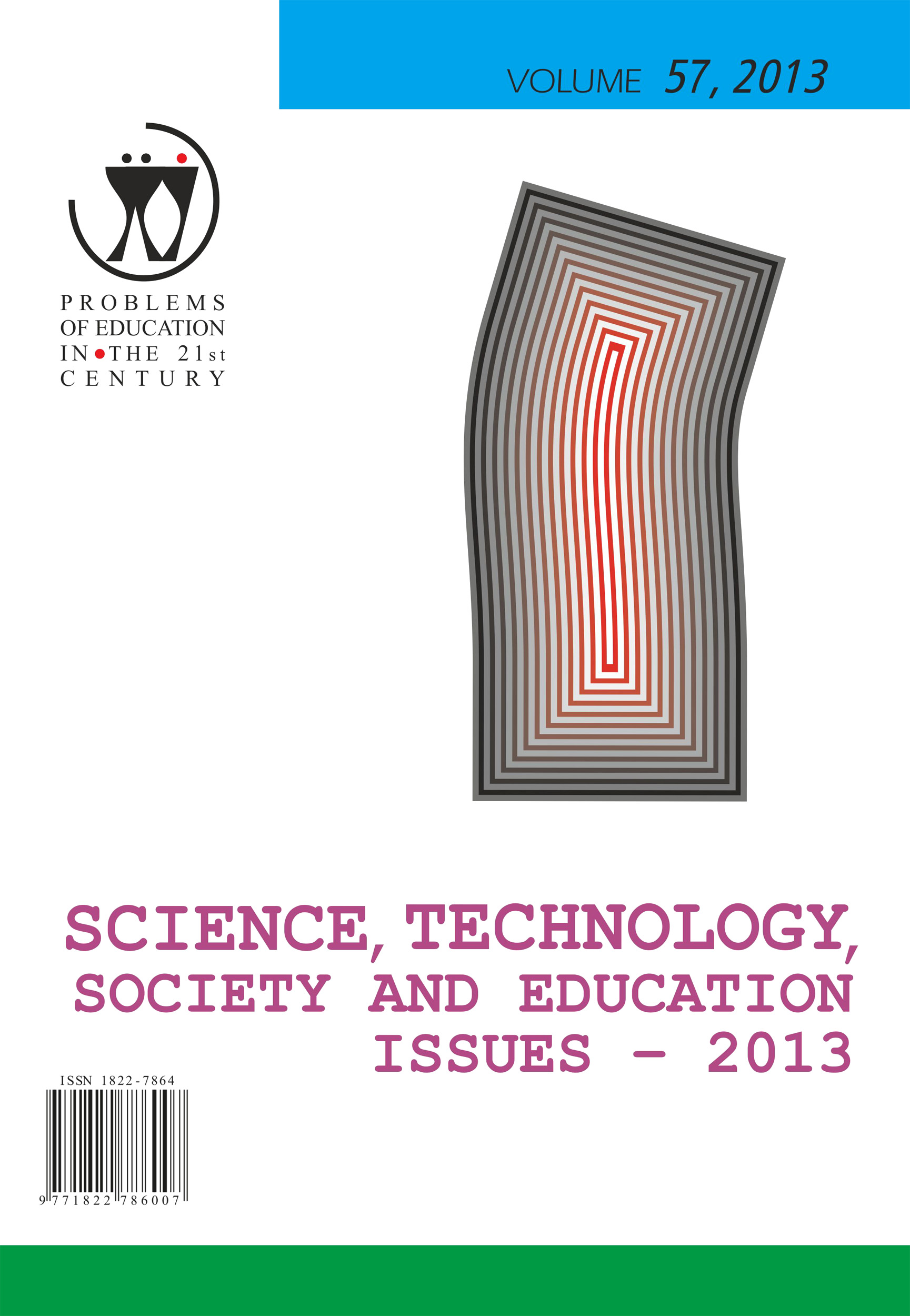ON POPULARIZATION OF SCIENTIFIC EDUCATION IN ITALY BETWEEN 12TH AND 16TH CENTURY
ON POPULARIZATION OF SCIENTIFIC EDUCATION IN ITALY BETWEEN 12TH AND 16TH CENTURY
Author(s): Raffaele Pisano, Paolo BussottiSubject(s): Education, Middle Ages, School education, History of Education, Pedagogy
Published by: Scientia Socialis, UAB
Keywords: Abacus schools; mathematics education; science & society; scientific education; Tartaglia;
Summary/Abstract: Mathematics education is also a social phenomenon because it is influenced both by the needs of the labour market and by the basic knowledge of mathematics necessary for every person to be able to face some operations indispensable in the social and economic daily life. Therefore the way in which mathematics education is framed changes according to modifications of the social environment and know–how. For example, until the end of the 20th century, in the Italian faculties of engineering the teaching of mathematical analysis was profound: there were two complex examinations in which the theory was as important as the ability in solving exercises. Now the situation is different. In some universities there is only a proof of mathematical analysis; in others there are two proves, but they are sixth–month and not annual proves. The theoretical requirements have been drastically reduced and the exercises themselves are often far easier than those proposed in the recent past. With some modifications, the situation is similar for the teaching of other modern mathematical disciplines: many operations needing of calculations and mathematical reasoning are developed by the computers or other intelligent machines and hence an engineer needs less theoretical mathematics than in the past. The problem has historical roots. In this research an analysis of the phenomenon of “scientific education” (teaching geometry, arithmetic, mathematics only) with respect the methods used from the late Middle Ages by “maestri d’abaco” to the Renaissance humanists, and with respect to mathematics education nowadays is discussed. Particularly the ways through which mathematical knowledge was spread in Italy between late Middle ages and early Modern age is shown. At that time, the term “scientific education” corresponded to “teaching of mathematics, physics”; hence something different from what nowadays is called science education, NoS, etc. Moreover, the relationships between mathematics education and civilization in Italy between the 12th and the 16th century is also popularized within the Abacus schools and Niccolò Tartaglia. These are significant cases because the events connected to them are strictly interrelated. The knowledge of such significant relationships between society, mathematics education, advanced mathematics and scientific knowledge can be useful for the scholars who are nowadays engaged in mathematics education research.
Journal: Problems of Education in the 21st Century
- Issue Year: 57/2013
- Issue No: 1
- Page Range: 90-101
- Page Count: 12
- Language: English

